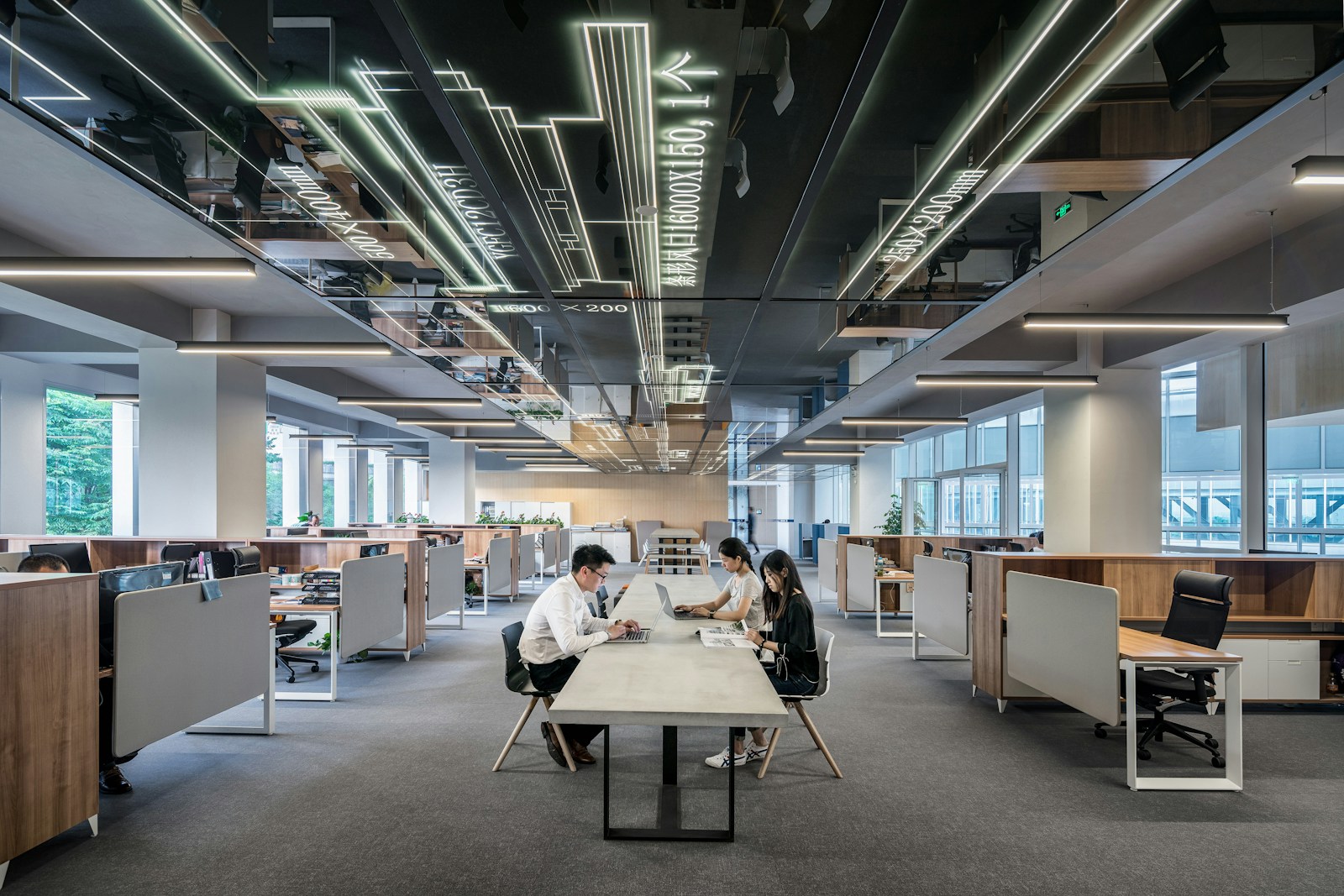Product managers play a crucial role in the success of a product, bridging the gap between stakeholders, developers, and designers. In the fast-paced world of product development, conflicts between design and product management can arise, hindering progress and creativity. However, with the right strategies and expert tips, these conflicts can be resolved, leading to more innovative and user-centric products. In this article, we will explore common design conflicts faced by product managers and provide actionable advice to navigate and resolve them effectively.
Understanding the Role of a Product Manager
Product managers are responsible for the ideation, development, and launch of a product. They work closely with cross-functional teams, including designers, to ensure that the product meets user needs and business goals. Design plays a critical role in the success of a product, as it determines the look, feel, and user experience. Therefore, collaboration between product managers and designers is essential to create a cohesive and successful product.
Recognizing Common Design Conflicts
One of the most common design conflicts product managers face is the clash between creativity and practicality. Designers may want to push boundaries and create cutting-edge designs, while product managers focus on feasibility, budget constraints, and timeline. Balancing creativity with practicality is key to resolving this conflict and finding a middle ground that satisfies both parties.
Communication is Key
Effective communication is essential in resolving design conflicts. Product managers should clearly communicate the project goals, user requirements, and constraints to the design team. By setting expectations early on and fostering open communication, misunderstandings can be minimized, and conflicts can be resolved more efficiently.
Collaboration and Empathy
Collaboration and empathy are crucial in bridging the gap between product managers and designers. Product managers should involve designers in the decision-making process and value their input and expertise. Understanding and appreciating the design perspective can lead to better alignment and smoother collaboration between the two teams.
Incorporating User Feedback
User feedback is a valuable tool in resolving design conflicts. Product managers and designers should collect and analyze user feedback throughout the design process to identify pain points, preferences, and opportunities for improvement. By incorporating user insights into the design iterations, conflicts can be resolved more effectively, resulting in a product that meets user needs and expectations.
Prioritizing User-Centric Design
At the core of resolving design conflicts lies the concept of user-centric design. Product managers and designers should prioritize user needs and preferences throughout the product development process. By focusing on creating a seamless user experience and intuitive design, conflicts can be minimized, and the end product will resonate better with the target audience.
Conclusion
In conclusion, design conflicts are an inevitable part of product development, but with the right strategies and mindset, product managers can effectively resolve them and create exceptional products. By fostering communication, collaboration, and empathy, product managers can bridge the gap with designers and work towards a common goal of creating innovative and user-centric products. Remember, successful products are born out of a harmonious collaboration between product managers and designers, where creativity, practicality, and user needs are in perfect balance.
